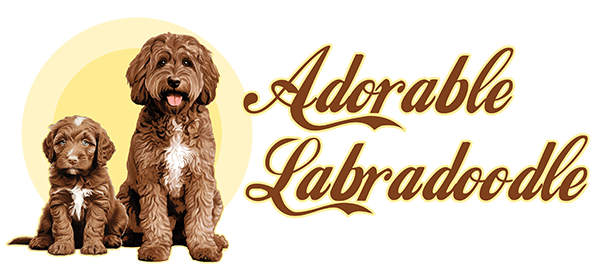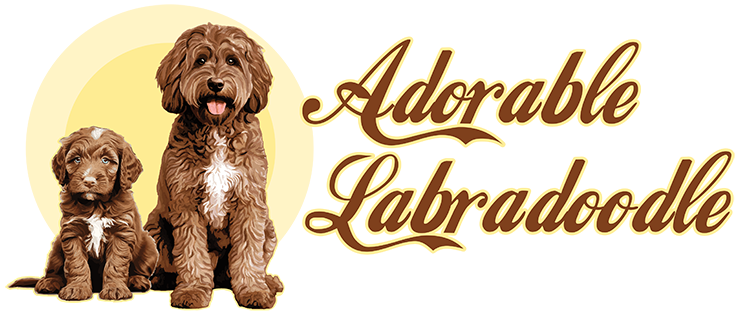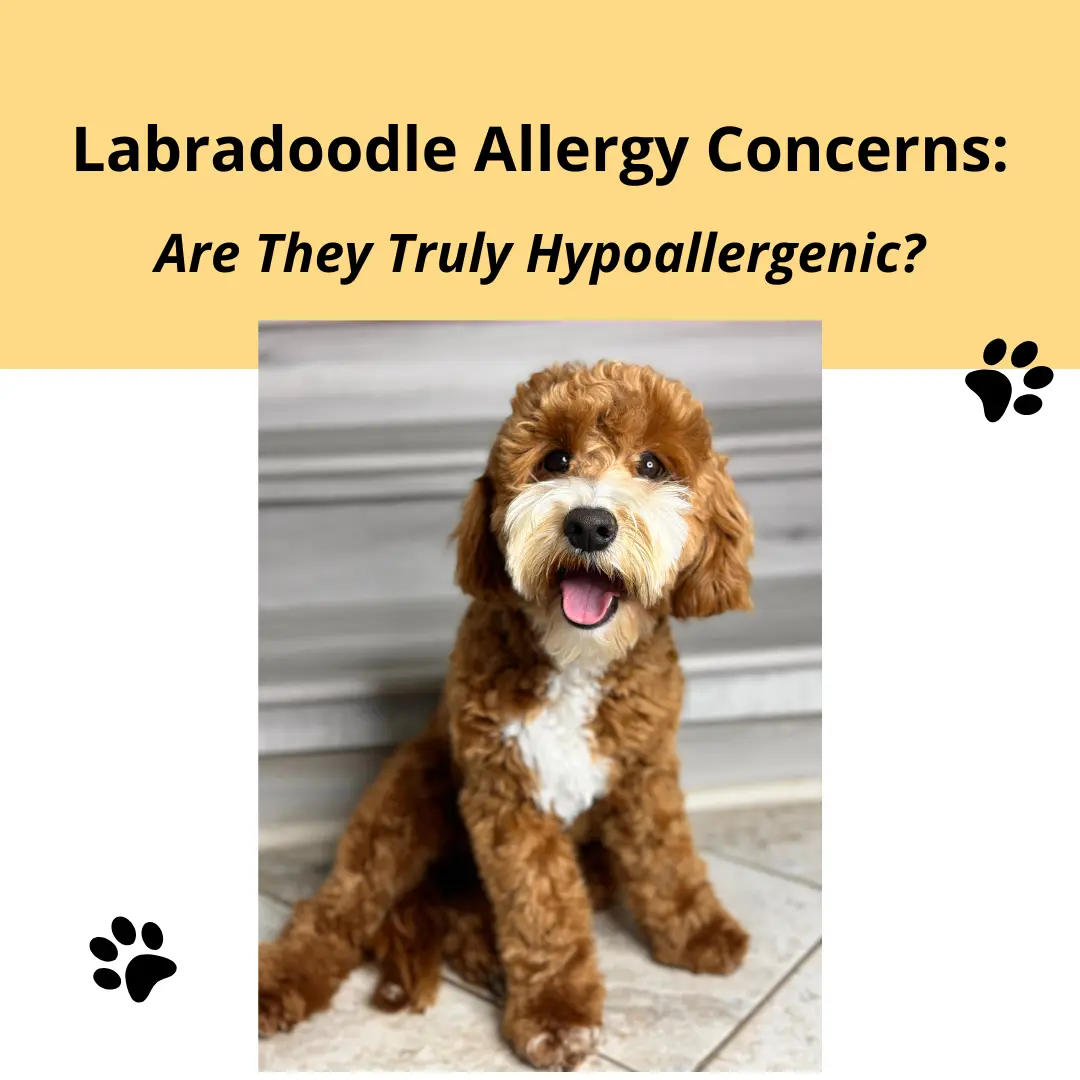Many families dream of welcoming a dog into their home but hesitate because of allergies. In recent years, the Labradoodle has gained massive popularity as a potential solution. Often promoted as a hypoallergenic dog breed, this Labrador–Poodle mix is thought to be allergy-friendly and low-shedding. But how much truth is behind this reputation? Let’s break down the facts about Labradoodle allergy concerns, allergic reactions, and whether Labradoodles are truly suitable for allergy sufferers.
What Does “Hypoallergenic” Really Mean?
Before answering the big question—are Labradoodles hypoallergenic?—we need to clarify what that term means. Contrary to popular belief, hypoallergenic dogs are not completely allergen-free. Instead, they are breeds or crossbreeds that typically produce fewer allergens.
Dog allergies are most often triggered by proteins found in:
- saliva
- dander (tiny flakes of dead skin)
- urine
Since allergens are not only linked to fur, even a dog that barely sheds can still cause reactions. This is why Labradoodle allergies vary depending on the dog’s individual traits.
Labradoodle Coat Types and Their Allergy Impact
The biggest factor behind Labradoodle allergy concerns is the coat type. Because Labradoodles are a hybrid breed, their coats can differ significantly.
- Wool Coat – Tight curls, very similar to a Poodle. This coat sheds the least and is considered the most hypoallergenic Labradoodle coat. The curls trap dander, making it less likely to spread.
- Fleece Coat – Silky and wavy, with light shedding. While still relatively allergy-friendly, it may cause some allergic reactions in sensitive people.
- Hair Coat – More like the Labrador Retriever’s coat: straight and shedding heavily. Labradoodles with this coat are usually not good for allergy sufferers.
Knowing which coat your Labradoodle has is essential if you or a family member struggles with dog allergies.
Are Labradoodles Hypoallergenic for Allergy Sufferers?
So, are Labradoodles safe for people with allergies? The answer isn’t straightforward. Even with a wool or fleece coat, no Labradoodle—or any dog—is 100% hypoallergenic. Allergic reactions can still occur due to saliva or dander.
That said, many people with mild allergies report fewer symptoms around Labradoodles compared to heavy-shedding breeds. However, someone with more severe sensitivities may still react.
The key takeaway: while a hypoallergenic Labradoodle may reduce allergic reactions, it is not a guaranteed solution for every allergy sufferer.
Practical Tips for Managing Labradoodle Allergy Concerns
If you want to welcome a Labradoodle into your family despite allergies, there are effective ways to minimize problems:
- Regular Grooming: Brushing several times a week and scheduling professional grooming every 6–8 weeks can reduce shedding and dander.
- Bathing: Washing your Labradoodle with mild, allergy-friendly shampoos helps rinse away allergens.
- Air Purification: HEPA filters trap airborne dander and improve indoor air quality.
- Frequent Cleaning: Vacuuming, dusting, and washing bedding regularly keeps allergens under control.
- Allergy Testing: Before adoption, spend time with a Labradoodle to see if allergic reactions occur.
These steps won’t eliminate allergies entirely but can make living with an allergy-friendly Labradoodle much easier.
Labradoodles Compared to Other Hypoallergenic Dogs
When considering a Labradoodle, it helps to compare them with other breeds commonly marketed as hypoallergenic. Poodles, Bichon Frises, Maltese, and Portuguese Water Dogs are well-known for their low-shedding coats.
Labradoodles with wool coats are closer to these allergy-friendly breeds, while those with hair coats lean toward the Labrador side and shed heavily. This genetic unpredictability is why potential owners should always meet the specific dog before adoption.
The Myth of the “Guaranteed Hypoallergenic Labradoodle”
Some breeders advertise Labradoodles as universally hypoallergenic, but this is misleading. While responsible breeders try to produce low-shedding lines, there is no way to guarantee that every Labradoodle will be allergy-friendly.
Even if your Labradoodle has a Poodle-like coat, allergic reactions can still occur. Families should approach the idea of a hypoallergenic Labradoodle with realistic expectations.
Final Thoughts: Are Labradoodles the Right Dog for Allergy Sufferers?
So, should allergy-sensitive families consider a Labradoodle? The answer is: maybe. Labradoodles with wool or fleece coats can be a great choice for those with mild allergies, especially when combined with good grooming and home cleaning routines. However, there is always a chance that allergic reactions will still happen.
If you are considering adopting one:
- Learn about the coat types.
- Meet and spend time with the individual Labradoodle.
- Consult your doctor or allergist if you have concerns.
Ultimately, while Labradoodles are often described as hypoallergenic dogs, no breed is completely free of allergens. With preparation and realistic expectations, though, a Labradoodle can still be a wonderful companion for families who worry about allergies.



